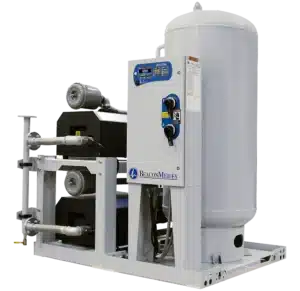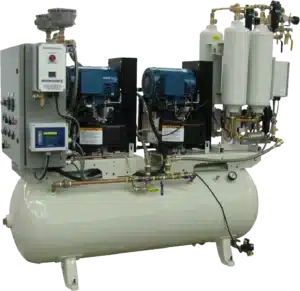The Ultimate Guide to Medical Gas Fittings – Your One-Stop Source
Medical gas fittings are essential components of a medical gas system that connect the various components and regulate the flow of gas. These fittings must be made of high-quality materials and meet strict safety standards to ensure that the gas supply is safe, reliable, and efficient.
In this blog post, we will discuss the basics of medical gas fittings, including their importance, the types of fittings available, and the standards they must meet.
Importance of Medical Gas Fittings
Medical gas fittings are essential for the safe and reliable supply of medical gases. They must be designed to withstand high pressure and connect the various components of the medical gas system securely. The improper installation or use of fittings can lead to gas leaks, contamination, and other hazards that can compromise patient safety.
Types of Medical Gas Fittings
There are several types of medical gas fittings available, each designed for specific applications. Here are some of the most common types:
1. Adapters: Adapters are fittings that connect two different types of fittings or connectors. For example, an adapter may connect a British Standard BS5682 oxygen outlet to a DIN 477-1 oxygen regulator.
2. Couplings: Couplings are fittings that connect two pipes or hoses of the same diameter. They are available in different materials, such as brass, stainless steel, and aluminum, and can be male or female threaded.
3. Connectors: Connectors are fittings that join two different components, such as a cylinder valve and a pressure regulator. They are available in various sizes and shapes and can be made of different materials.
4. Valves: Valves are fittings that regulate the flow of gas and control the pressure. They can be manual or automatic and are available in different types, such as ball valves, gate valves, and needle valves.


